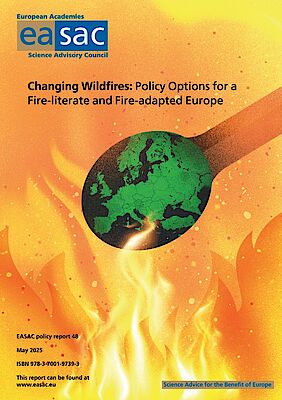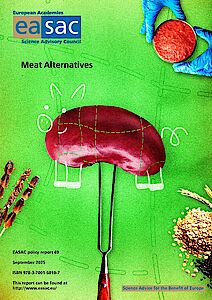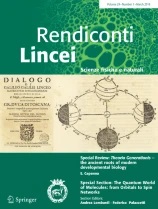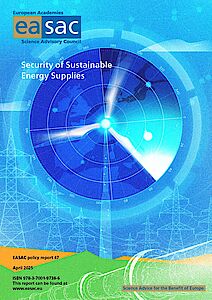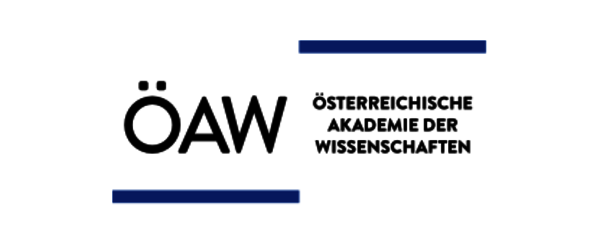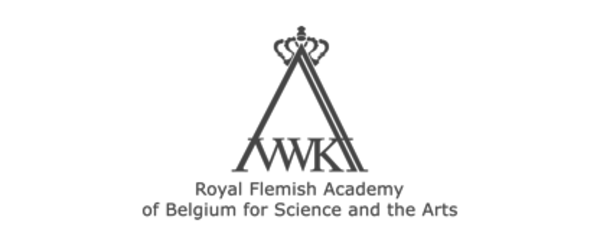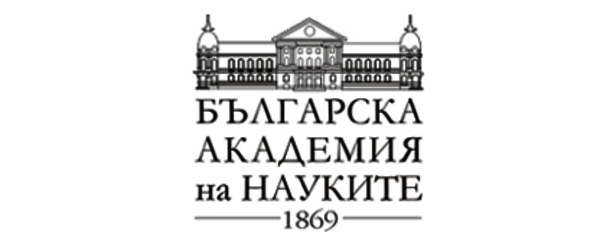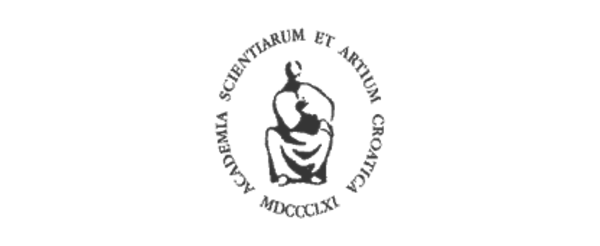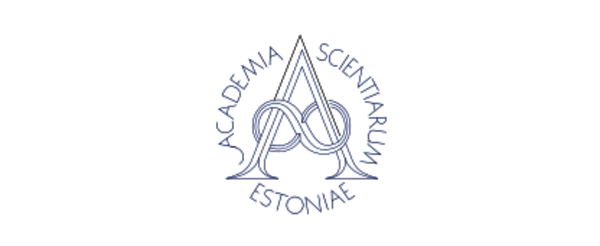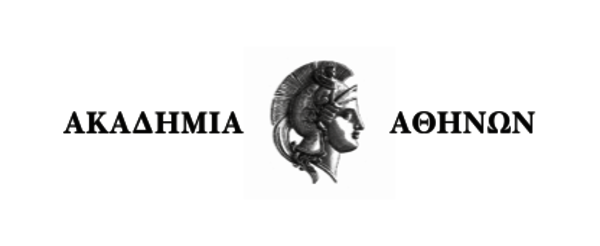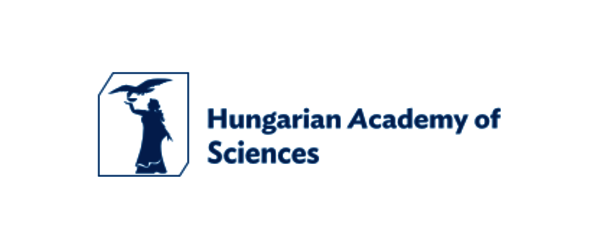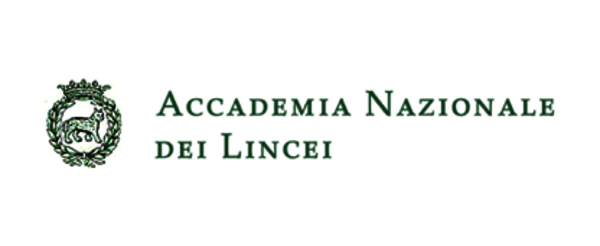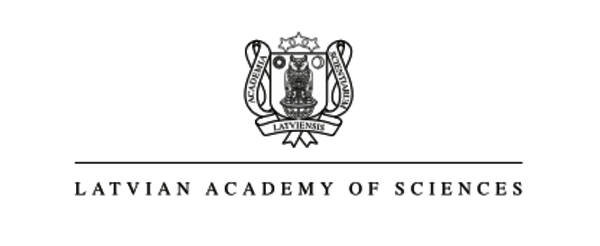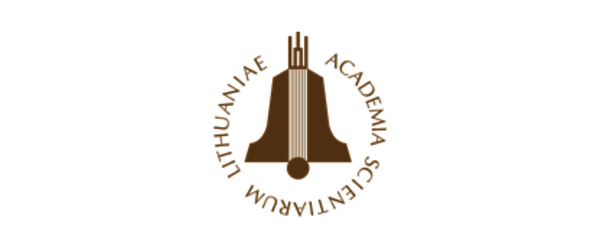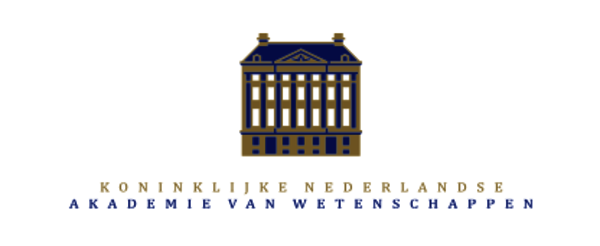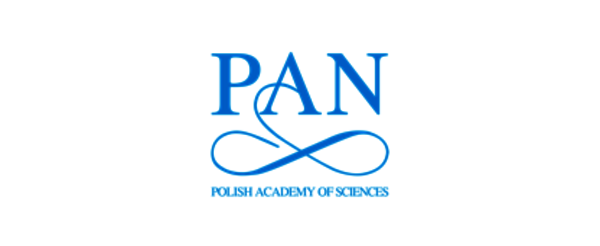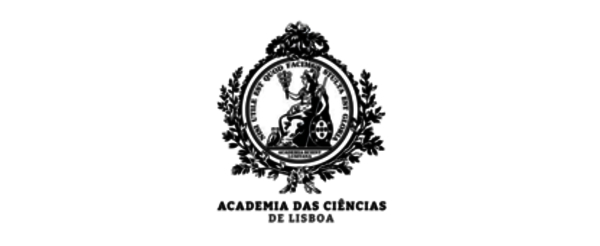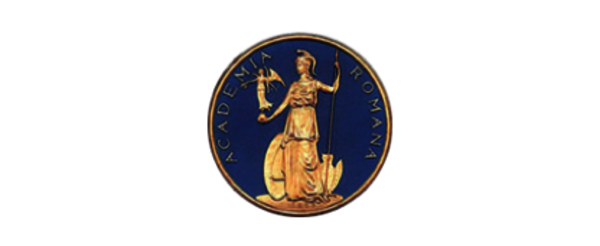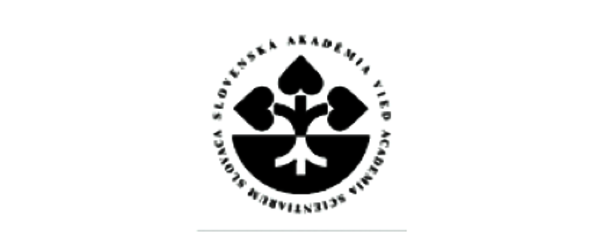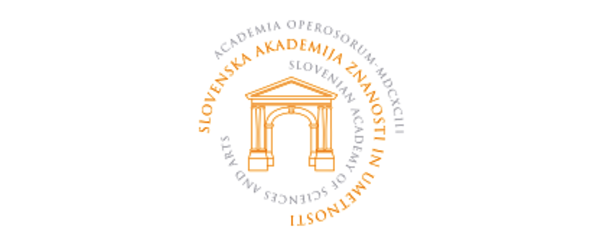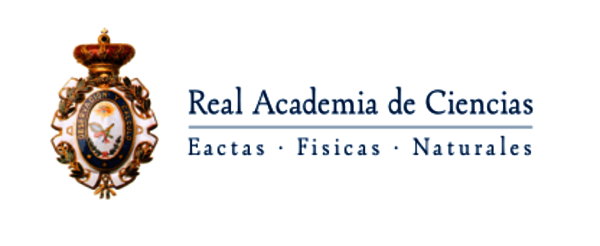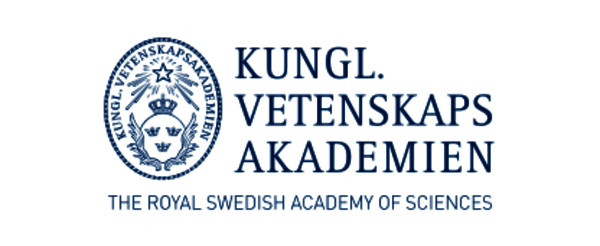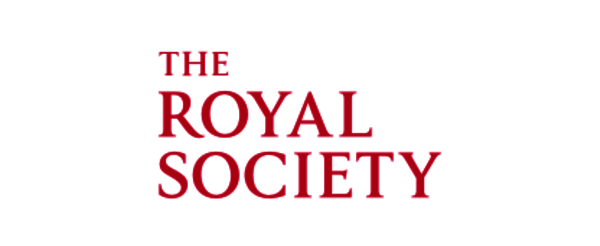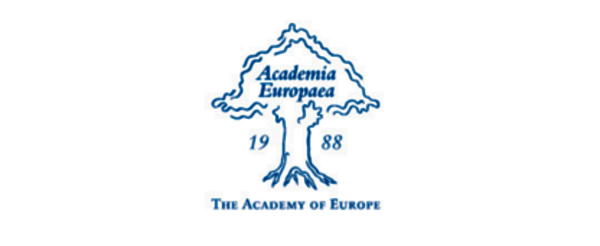Publications
Changing Wildfires - Policy Options for a Fire-literate and Fire-adapted Europe
Elaborated by 23 scientists nominated by their respective national science academies, the new EASAC report highlights the complex drivers behind the surge in wildfire risk. They include climate change, rural depopulation, and land-use changes. Droughts and declining summer precipitation are predicted to double fire risk by 2100. Meanwhile, the abandonment of farmland and unmanaged vegetation growth have created vast landscapes of flammable biomass.
Fire Suppression Alone is Not Sufficient
EASAC criticises current EU policies for their overwhelming focus on fire suppression and emergency response. Instead, the report advocates for an integrated EU framework for landscape fire-risk governance which should also prioritise prevention. “Suppressing fires alone is not enough. We need to address root causes, better fight climate change, invest in resilient landscapes, and engage society in living with fire,” says Dr Cathelijne Stoof, Co-Chair of EASAC’s Wildfires Working Group.
3 Key Messages and 8 Policy Options
EASAC underscores the need for enhanced institutional capacity, cross-border collaboration, and better resource-sharing among EU states. The Report sets out three key messages and eight policy options to reshape Europe’s approach to wildfires:
Urgent Messages:
- Implement climate and land-use policies without delay – including the new EU Nature Restoration Law, with a focus on restoring carbon-rich peatlands and managing forests sustainably.
- Integrate fire risk into biodiversity and tree-planting plans – to avoid unintentionally increasing vulnerability in reforested areas.
- Educate for a fire-resilient society – particularly younger generations, through targeted public health interventions and wildfire education programmes.
Policy Recommendations:
- Invest in integrated wildfire risk reduction, including prescribed burning and fuel management.
- Implement nature-based solutions such as grazing and native species reforestation.
- Embrace the role of fire allowing planned burns to maintain ecological balance.
- Invest in education and communication to increase “fire literacy” and preparedness.
- Invest in landscape management to reduce vulnerability, design and maintain resilient landscape that reduce wildfire risks.
- Harmonise sectoral policies across agriculture, environment, and urban development to reduce conflicts and risks.
- Promote compact urban development to limit wildland-urban interface expansion.
- Encourage sustainable private land management to help landowners adopt fire-resilient practices.
A Continental Crisis Calls for a European Response
While the Mediterranean remains Europe’s highest-risk region, the report warns that continental, alpine, and boreal regions must also prepare for a new era of fire. “The changing fire regime with larger, more intense blazes is driven not only by weather, but also by structural socio-ecological shifts. Many new areas, such as Central Europe and rapidly warming mountainous areas, will probably be exposed to severe fire weather. This marks a fundamental shift with major consequences for environmental and public safety,” says Dr Orsolya Valkó, Co-Chair of EASAC’s Wildfires Working Group.
DOI: https://doi.org/10.1553/EASAC_Report_Changing-Wildfires_2025

